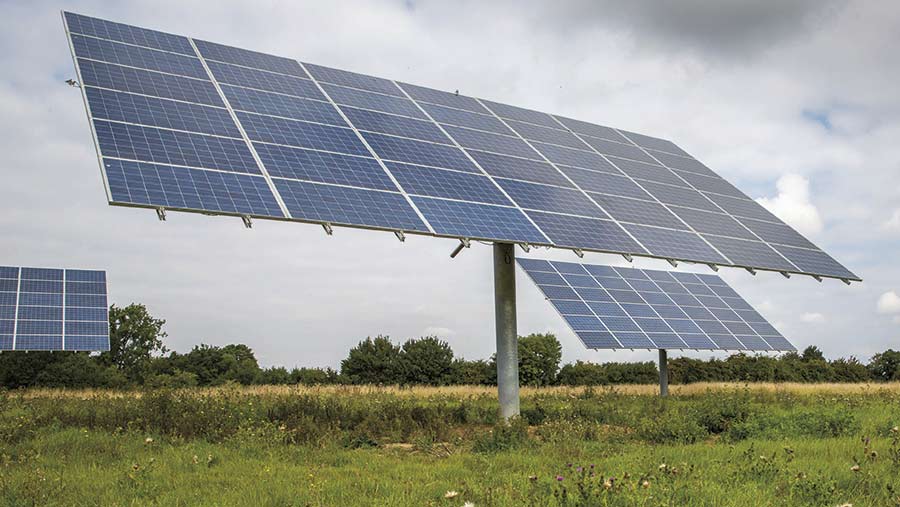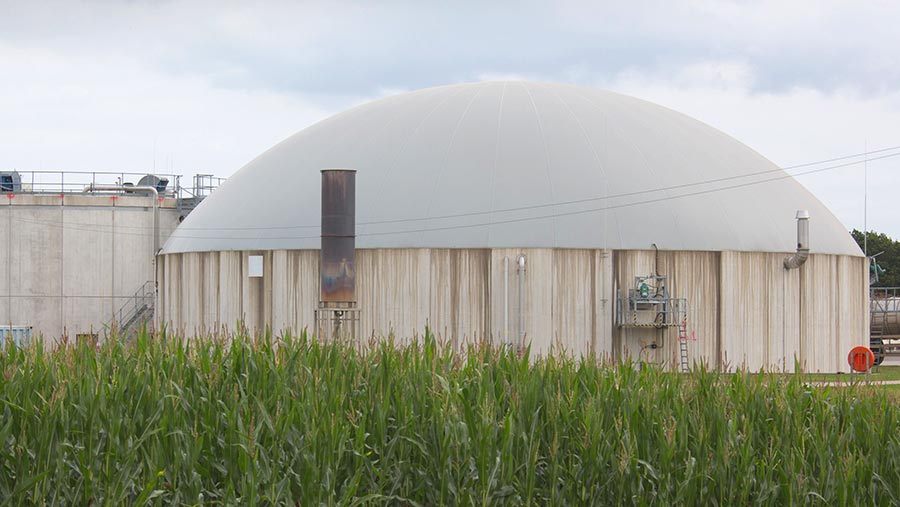Farmers urged to check business rates changes for energy projects
 © Tim Scrivener
© Tim Scrivener Farmers with renewable energy projects hit by a planned hike in business rates have just a few months left to query the new charges before they come into effect next April.
Draft rateable values used by councils to calculate business rates were published online by the government’s Valuation Office Agency (VOA) on 30 September alongside plans to remove the exemption for microgeneration (sub-50kW) schemes.
There has been strong opposition to the plans, with industry bodies calling on government to reconsider increased rates and make microgeneration permanently exempt.
See also: Farm energy opportunities remain despite Brexit uncertainty
Although agricultural land and buildings are generally exempt from business rates, many farm-based energy projects will be caught by the changes.
The NFU opposes plans to make current microgeneration installations rateable from 1 April 2017 and says the VOA needs to be careful when deciding what rateable value to use.
In particular, it says ambiguity must be resolved around what exceeds the de minimis (minor use) allowance for non-agricultural use of the energy generated.
The threshold is currently around 5%, which means that if more than 5% of electricity is exported or used for non-agricultural uses the whole installation is likely to be liable for business rates.
The NFU also says the VOA must consider that energy generated and consumed on-farm will fluctuate throughout the year making it difficult to calculate a rateable value.

© Tim Scrivener
While much attention has been given to the impact of business rate changes on commercial roof-mounted solar, where rateable values could increase by six to eight times for those that own their panels and use most power themselves, all technologies are affected, says Dan Thory of Fisher German.
Rateable values for typical farm-scale wind turbines (up to 500kW) could be hardest hit, as new rates are two to three times the existing average of £25,000/MW (£25/kW), he says.
Older turbines face higher bills than those installed more recently due to the fall in renewable subsides, which is reflected in the VOA revaluation, he notes.
However, rates for many anaerobic digestion plants appear to have fallen by 20-30% under the new RVs. This may be because existing rates for AD plants have been very high (up to £150,000/MW), well above rates for other renewable technologies, Mr Thory adds.
Small ground-mounted solar PV could also benefit, as some new rates appear to have dropped by 30-40%. The current average is £8,000/MW (£8/kW).
Agricultural exemption
In addition, farm-based roof-mounted systems usually get an agricultural exemption although this can depend on the proportion of energy used on farm compared with that exported.
Properties with an RV of £12,000 or less potentially qualify for Small Business Rates Relief, set to rise to 100% from April 2017. Tapered relief will also be available for properties with an RV between £12,001 and £15,000, Mr Thory says.
Ratepayers have until 31 March to query with the VOA to check the basis of the revaluation and if appropriate, to challenge it. “Don’t wait until after rates come into effect as it can then only be done through the appeals process, which is becoming harder and more long-winded,” says Mr Thory.
Rateable values can be checked on the government website.
*The Solar Trade Association recently signed an agreement with the VOA which means most solar systems exporting to the grid, or via a Power Purchase Agreement to tenants, will see a decrease in business rates, reflecting falling costs, and lower subsidies.
